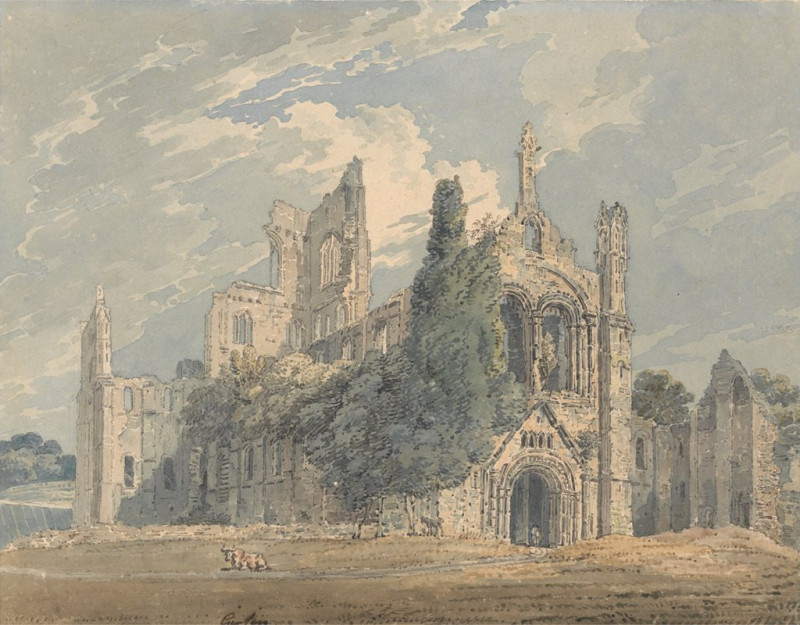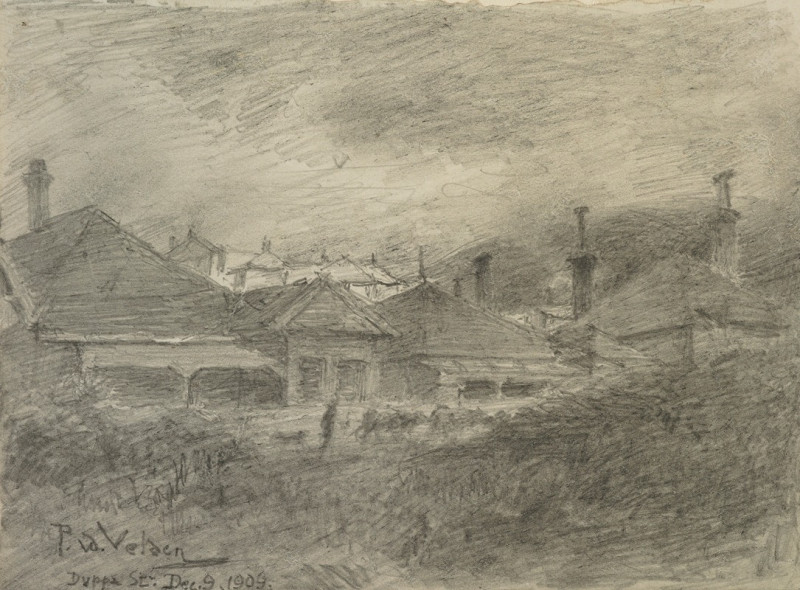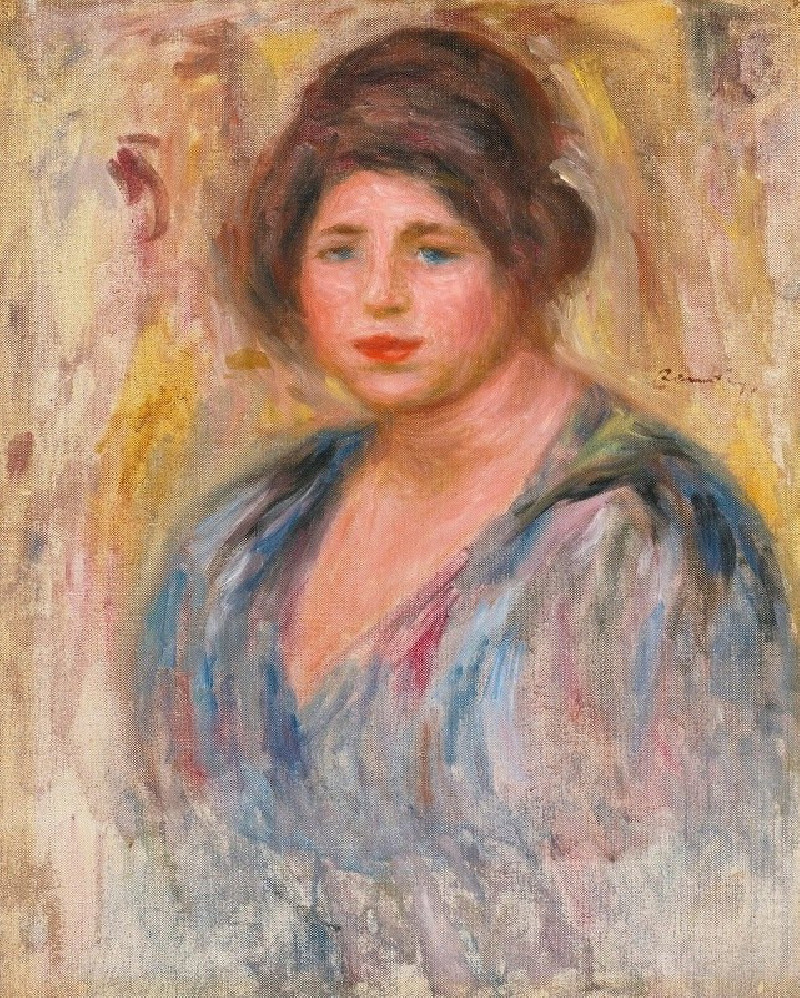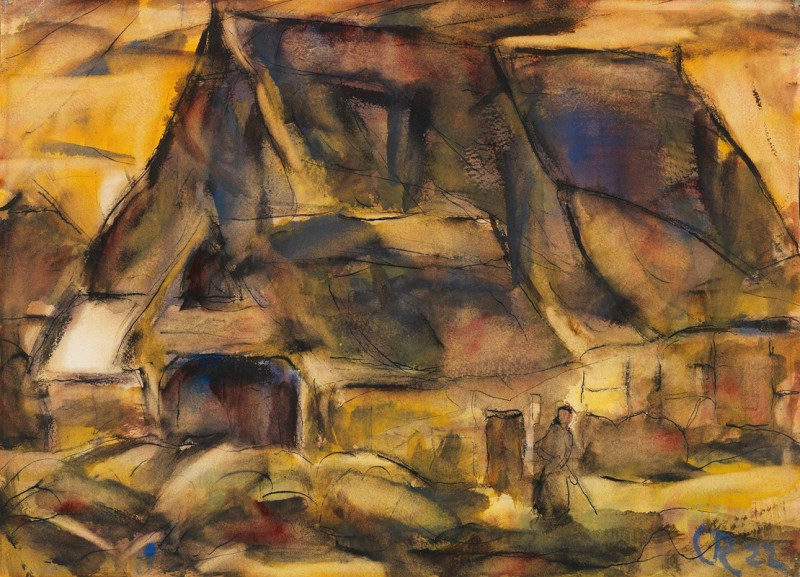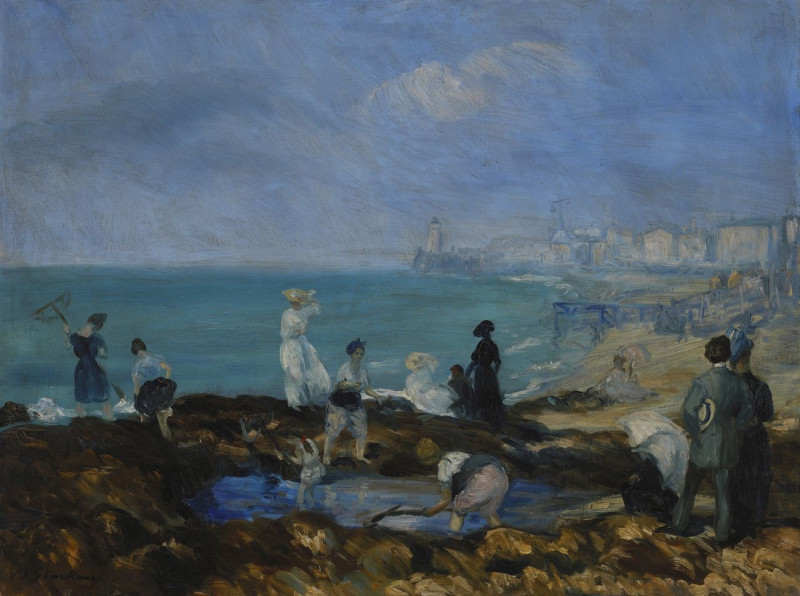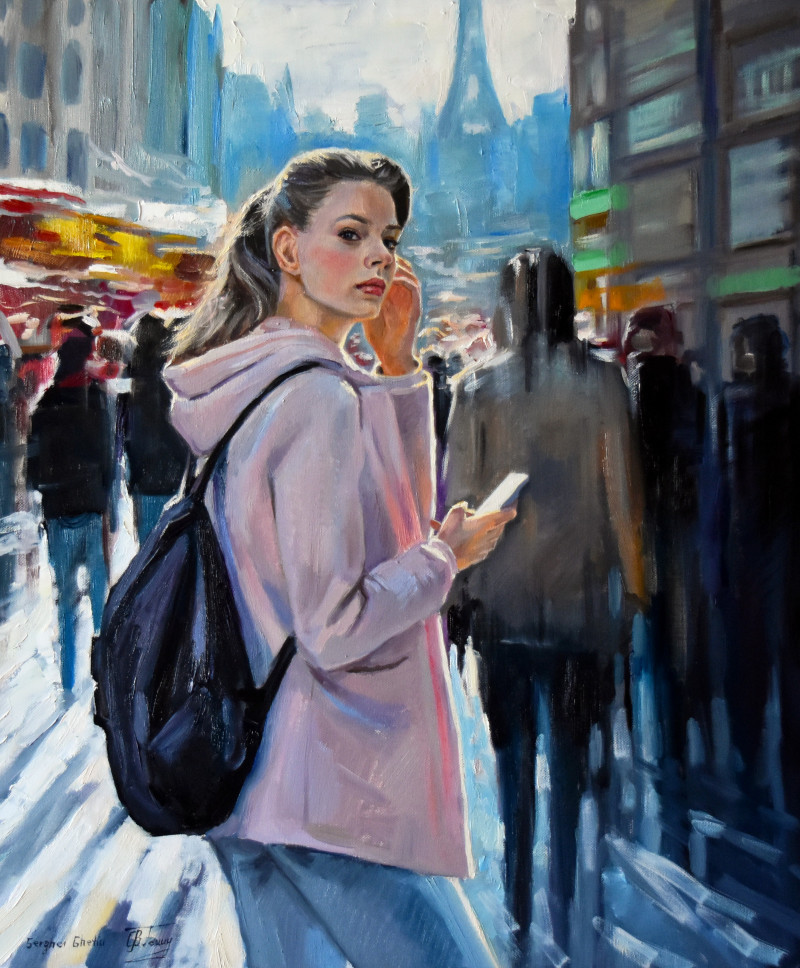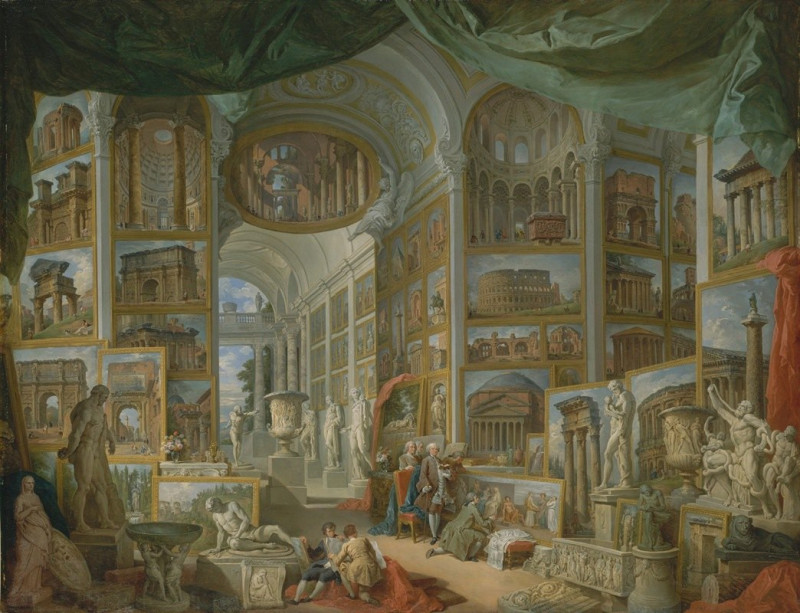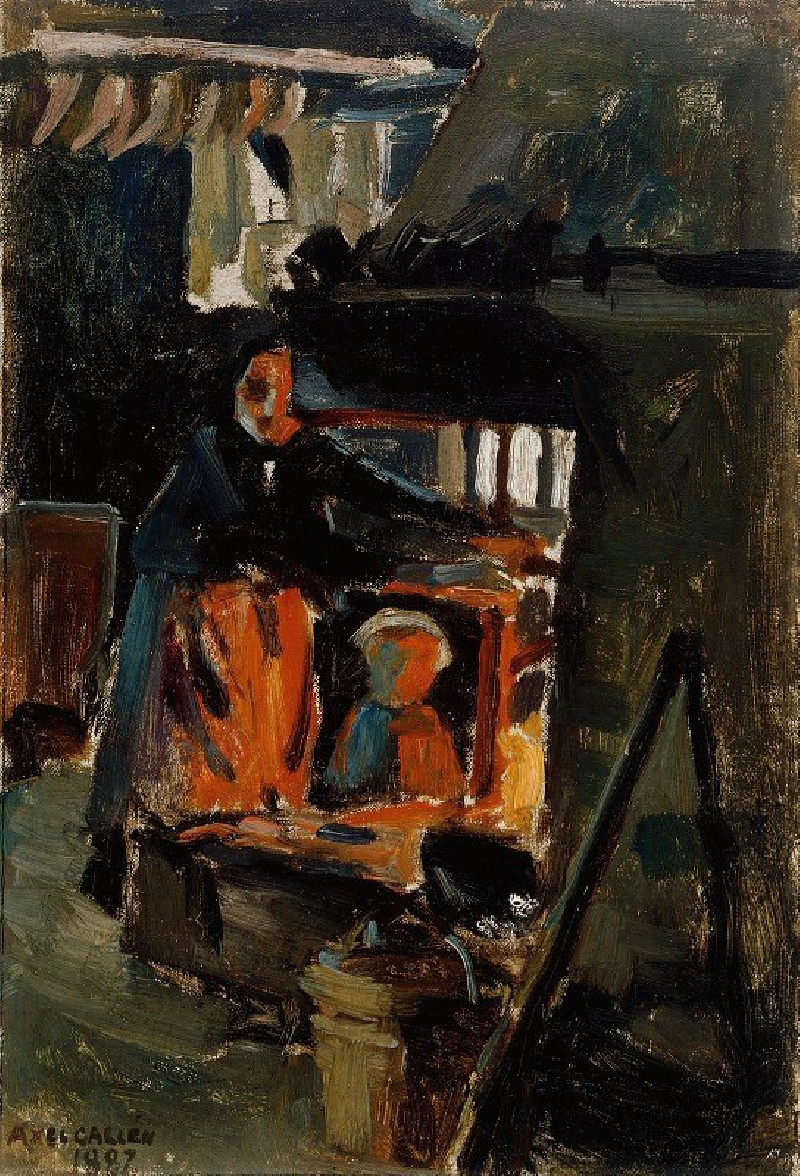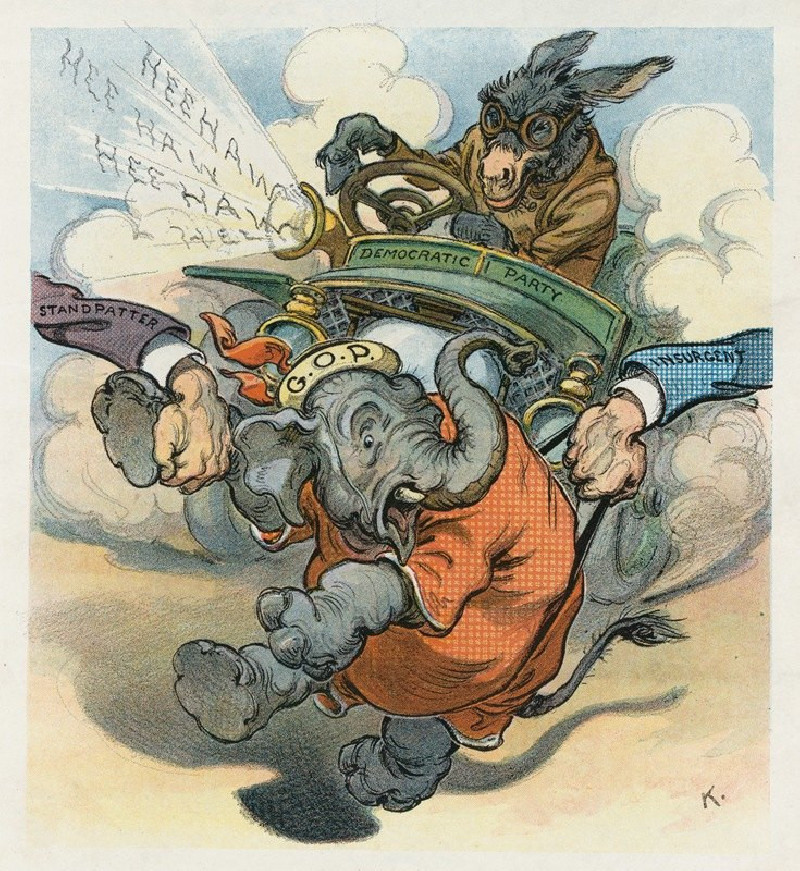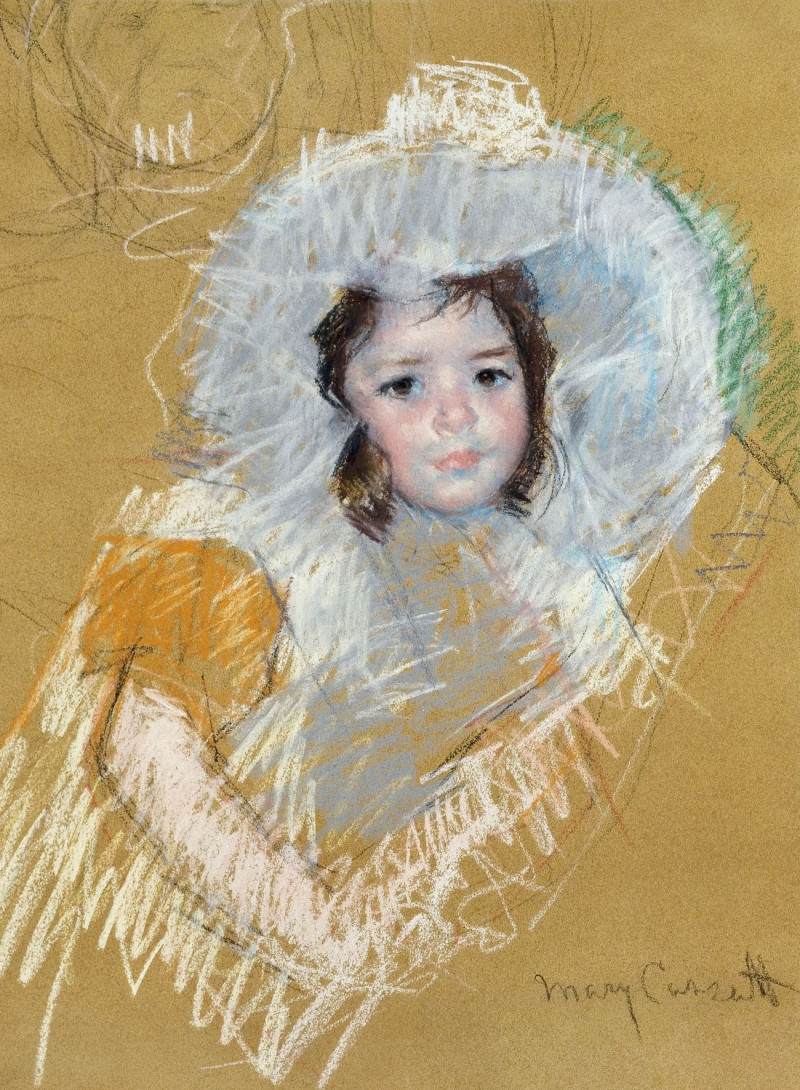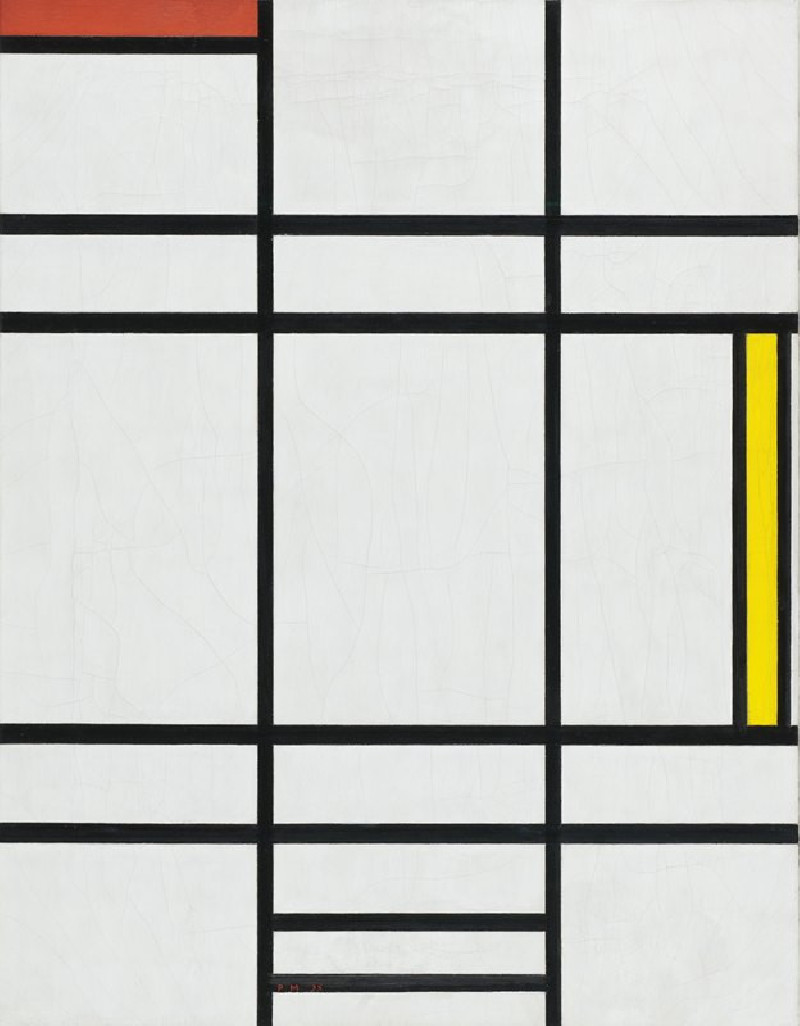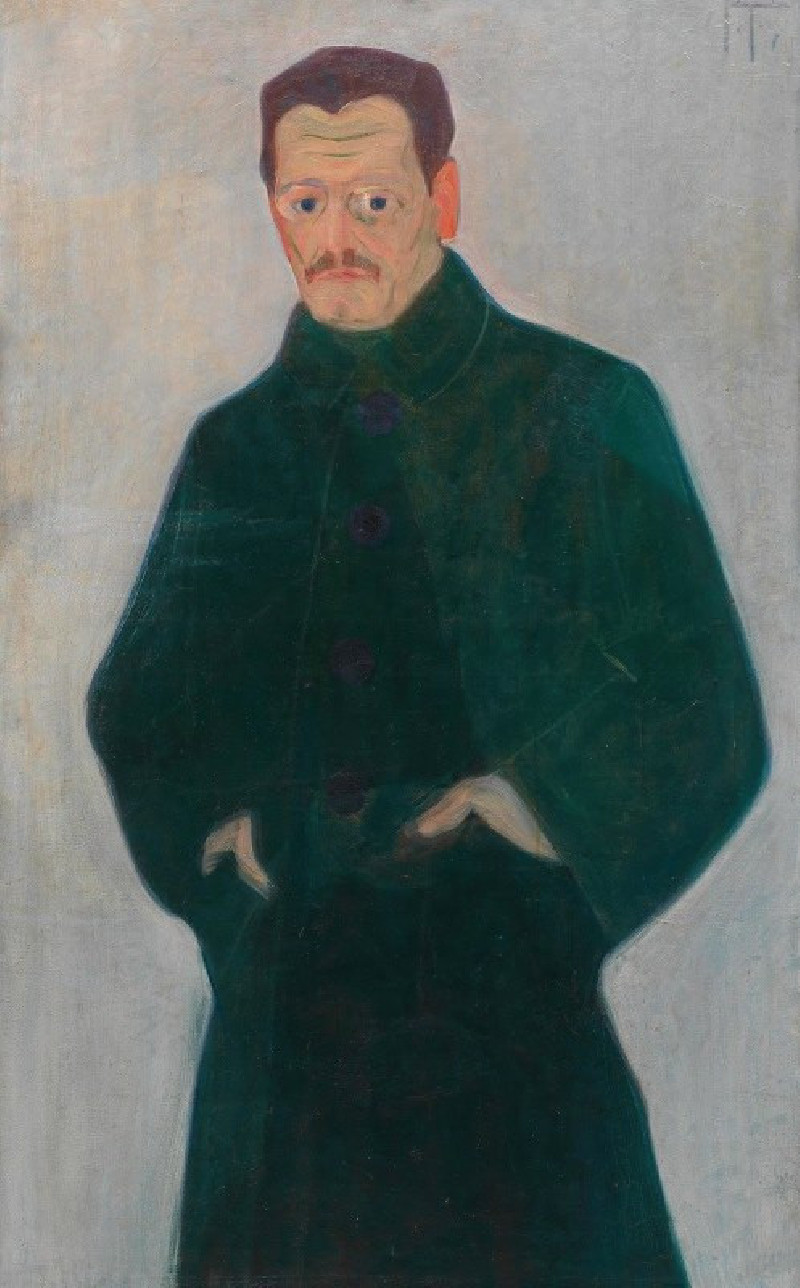Hope and Destruction (Zerstörung und Hoffnung) (1916)
Technique: Giclée quality print
Recommended by our customers
More about this artwork
Paul Klee's "Hope and Destruction (Zerstörung und Hoffnung)" painted in 1916, serves as a poignant reflection of a tumultuous period marked by war and a longing for peace. At first glance, the painting might strike as fragmented with a flurry of overlapping lines and shapes cascading across the canvas. These elements reflect the chaos and fragmentation typical of the era's societal atmosphere.Klee's mastery in this artwork lies in the way he interweaves various geometric forms and spectral hues into this chaotic ensemble. Upon a closer look, viewers may notice how amidst the chaos, subtle, yet vibrant bursts of color such as yellow, orange, and green emerge like beacons of light. These represent the glimmer of hope that persists even in the darkest of times.Moreover, the use of stark, somewhat abstract figures and symbols further deepen the narrative Klee crafts. Each element appears simultaneously disjointed yet connected, illustrating the dual themes of desolation and optimism.This artwork, rich in both technique and symbolism, invites the audience to ponder the resilience of hope amid destruction, a theme that resonates deeply in any era, making it perpetually relevant and thought-provoking.
Delivery
Returns
Paul Klee was a Swiss-born German artist. His highly individual style was influenced by movements in art that included expressionism, cubism, and surrealism. Klee was a natural draftsman who experimented with and eventually deeply explored color theory, writing about it extensively; his lectures Writings on Form and Design Theory (Schriften zur Form und Gestaltungslehre), published in English as the Paul Klee Notebooks, are held to be as important for modern art as Leonardo da Vinci's A Treatise on Painting for the Renaissance.
































